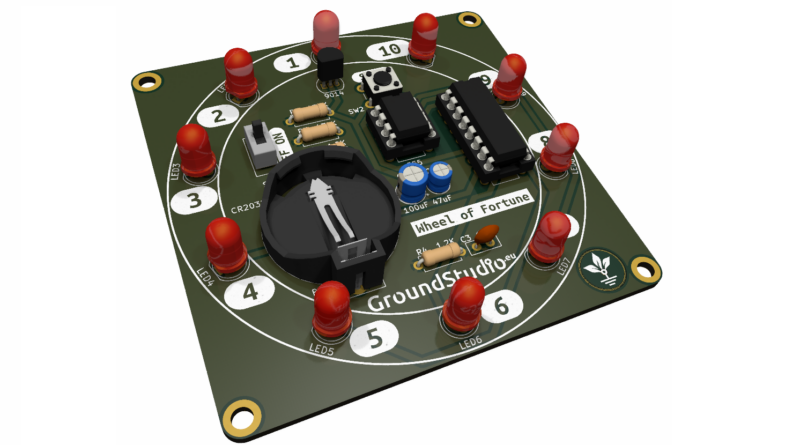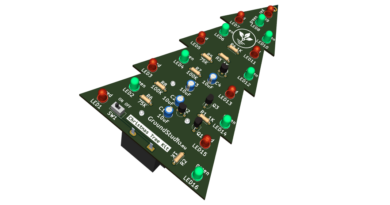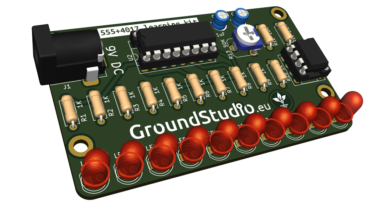Wheel of Fortune
Introduction
This circuit simulates spinning a wheel of fortune. With a simple press of the button, a light show will start on the 10 LEDs. Shortly after, the light motion stop and only one LED will remail lit, reprezentin the position of the wheel, a random number from 1 to 10.
Tools required for assembly and operation, not included in the kit
| Name | Image | Buy Here |
|---|---|---|
| Soldering iron | 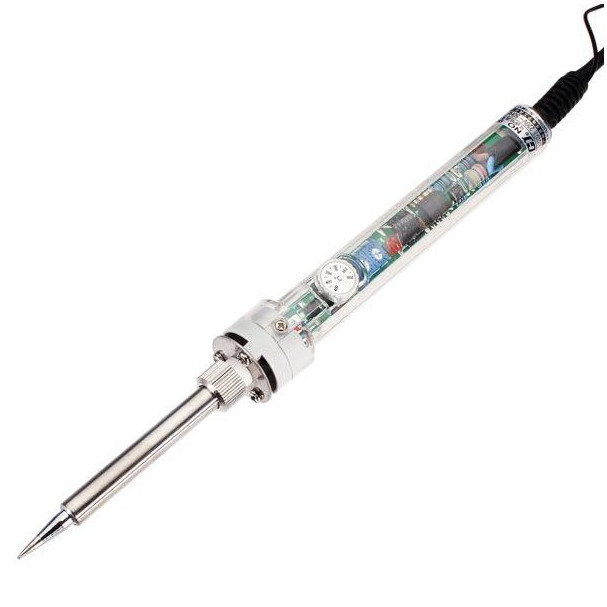 | |
| Solder wire |  | |
| Pliers | 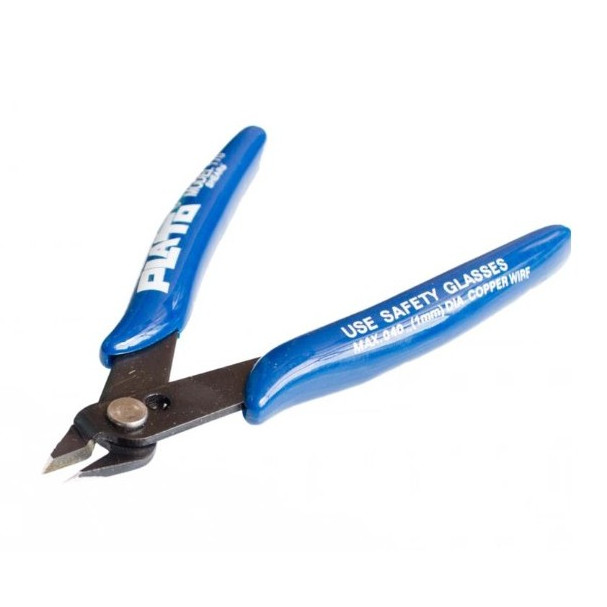 | |
| Helping hands (device or a friend) | 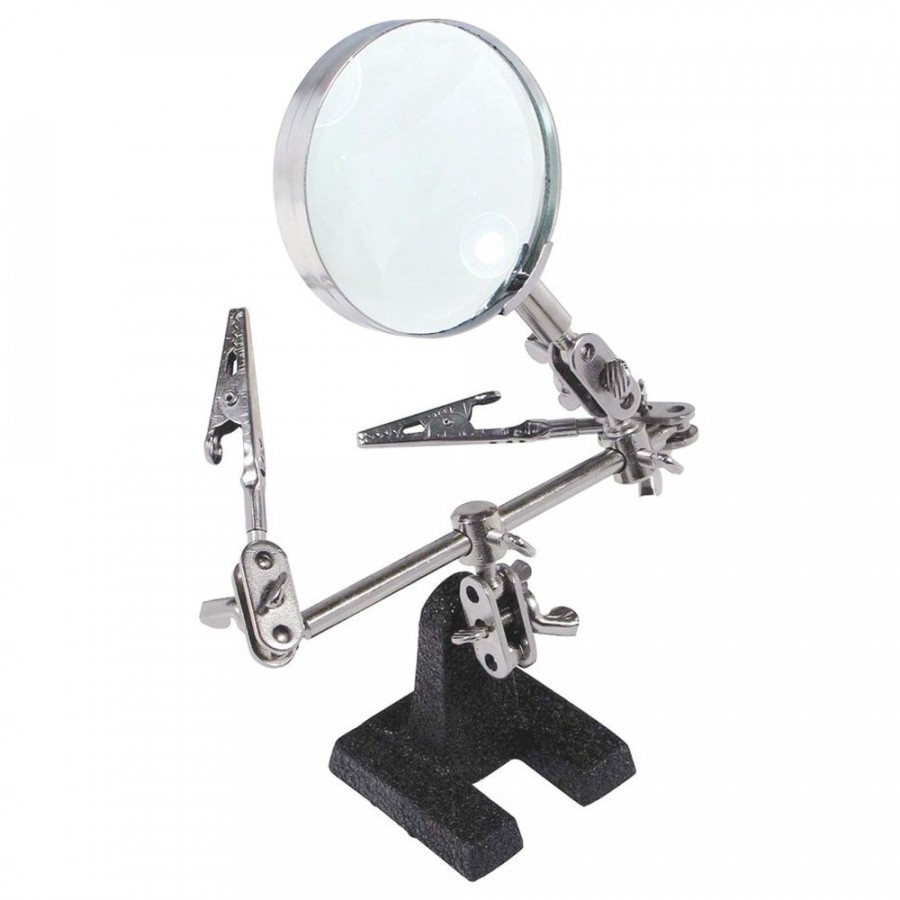 | |
| CR2032 battery | 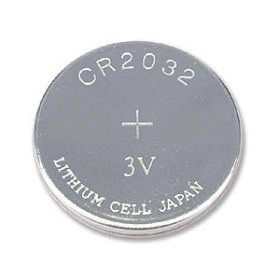 |
Components included in the kit
| Quantity | Name | Details | Footprint | Image |
| 2 | Resistor | 1.2K, 1/4W | R2, R4 |  |
| 2 | Resistor | 470K, 1/4W | R1, R3 |  |
| 10 | LED | 5mm, red | LED1, LED2, LED3, LED4, LED5, LED6, LED7, LED8, LED9, LED10 | 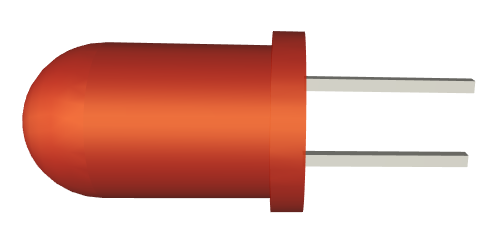 |
| 1 | Transistor | S9014 | Q1 | 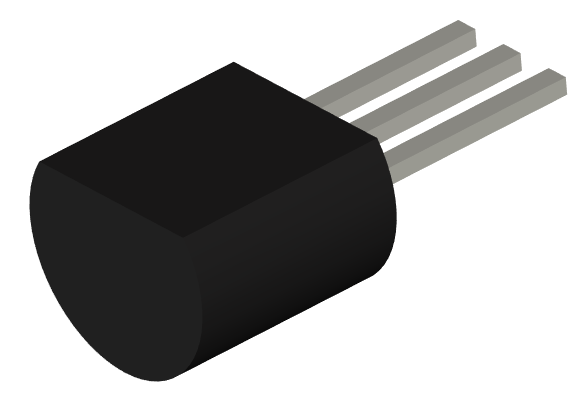 |
| 1 | Electrolytic capacitor | 100uF | C1 | 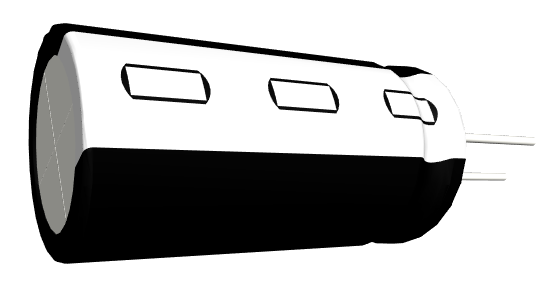 |
| 1 | Electrolytic capacitor | 47uF | C2 |  |
| 1 | Ceramic capacitor | 103 | C3 |  |
| 1 | Battery holder | CR2032 | BT1 |  |
| 1 | Integrated circuit | 555 | U1 |  |
| 1 | Integrated circuit | CD4017 | U2 | 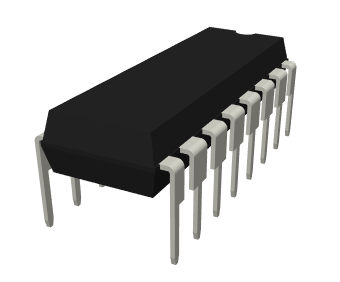 |
| 1 | Socket | 8 pins | U1 | 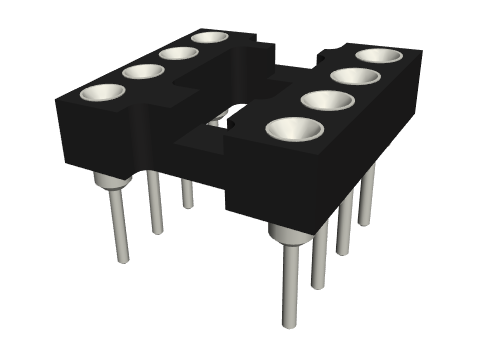 |
| 1 | Socket | 16 pins | U2 | 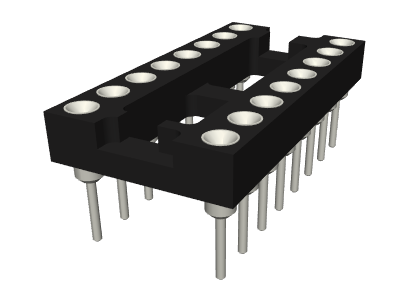 |
| 1 | Slider switch | ON OFF | SW1 | 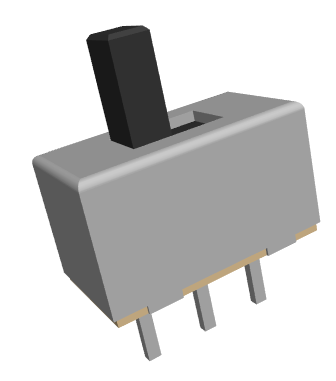 |
| 1 | Push button | SPIN | SW2 | 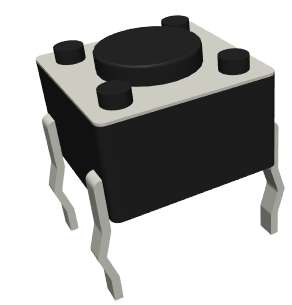 |
| 1 | PCB |  |
Schematic
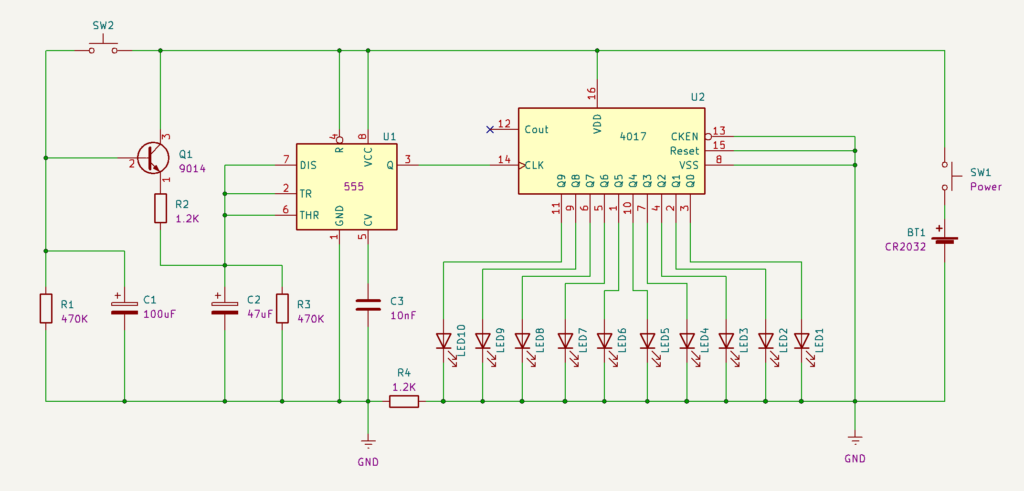
Working principle
This circuit simulates spinning a wheel of fortune. With a simple press of the button, a light show will start on the 10 LEDs. Shortly after, the light motion stop and only one LED will remail lit, reprezentin the position of the wheel, a random number from 1 to 10.
The project uses a 555 timer as an oscillator, along with components R2, R3, and C2. When button SW2 is pressed, capacitor C1 charges rapidly to the supply voltage, and the circuit starts functioning. After the button is released, the circuit continues to operate only as long as capacitor C1 discharges. Once discharged, the oscillator stops.
We also use the 4017 counter circuit. It serves as a counter up to 10, counting the pulses received from the 555 circuit. Every pulse will make the 4017 to switch on the next output, and every 11th pulse will reset the position. Values from 1 to 10 are translated to outputs Q0-Q9 of the circuit. In this way, the LEDs in this will light up one by one, until the 555 stops sending pulses.
Instructions for assembly preparation
| Step | Details |
|---|---|
| 0. | Read all the instructions, from beginning to end. |
| 0 bis. | Reminder: It is very important to read all the instructions. |
| 1. | Make sure you have all the tools needed to assemble the kit. |
| 2. | Make sure you have all the components needed to assemble the kit. |
| 3. | To comply with the warranty conditions*, check/measure each component separately. |
Assembly instructions
| 1. | Solder the resistors according to the markings on the PCB, regardless of orientation. Make sure you respect the values and markings | |
| 2. | Solder the sockets so that the cut-out markings correspond to those on the PCB | |
| 3. | Solder the LEDs so that the shorter terminal (the negative one, the cathode) corresponds to the “-” sign on the PCB | |
| 4. | Solder the electrolytic capacitors, so that the shorter terminal (the negative one, the cathode) corresponds to the hatched area on the PCB | |
| 5. | Solder the ceramic capacitors, regardless of orientation | |
| 6. | Solder the transistor according to the marking on the PCB | |
| 7. | Solder the SW2 push button according to the marking on the PCB, regardless of orientation |  |
| 8. | Solder the SW1 slider button according to the marking on the PCB, regardless of orientation | 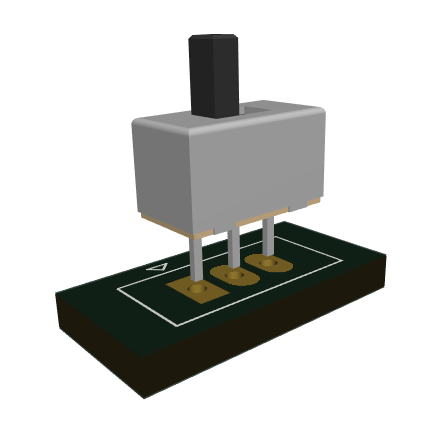 |
| 9. | Insert the 555 and 4017 integrated circuits in their sockets, so that the cut-out markings correspond to those on the PCB | |
| 10. | Solder the battery holder. | |
| 11. | If you haven’t done it yet, cut all the terminals at the base of the solder joint with a wire cutter, so there is no risk of them touching each other and causing a short circuit. |  |
| 12. | Plug the battery into the holder. | |
| 13. | Put the slider button on the ON position |  |
| 14. | Press the SW2 button and enjoy your electronic wheel of fortune! |  |
General assembly instructions for Warranty Compliance
As a precaution and to comply with the warranty conditions, we recommend testing each individual component before assembly. For example, resistors will be measured with an ohmmeter/multimeter. The warranty is for each individual component, not for the whole assembly. Since assembly is done by unauthorized personnel, under unknown conditions or at unknown stages of completion, we cannot assume any legal liability related to any consequences or operation of devices assembled by any third party.

